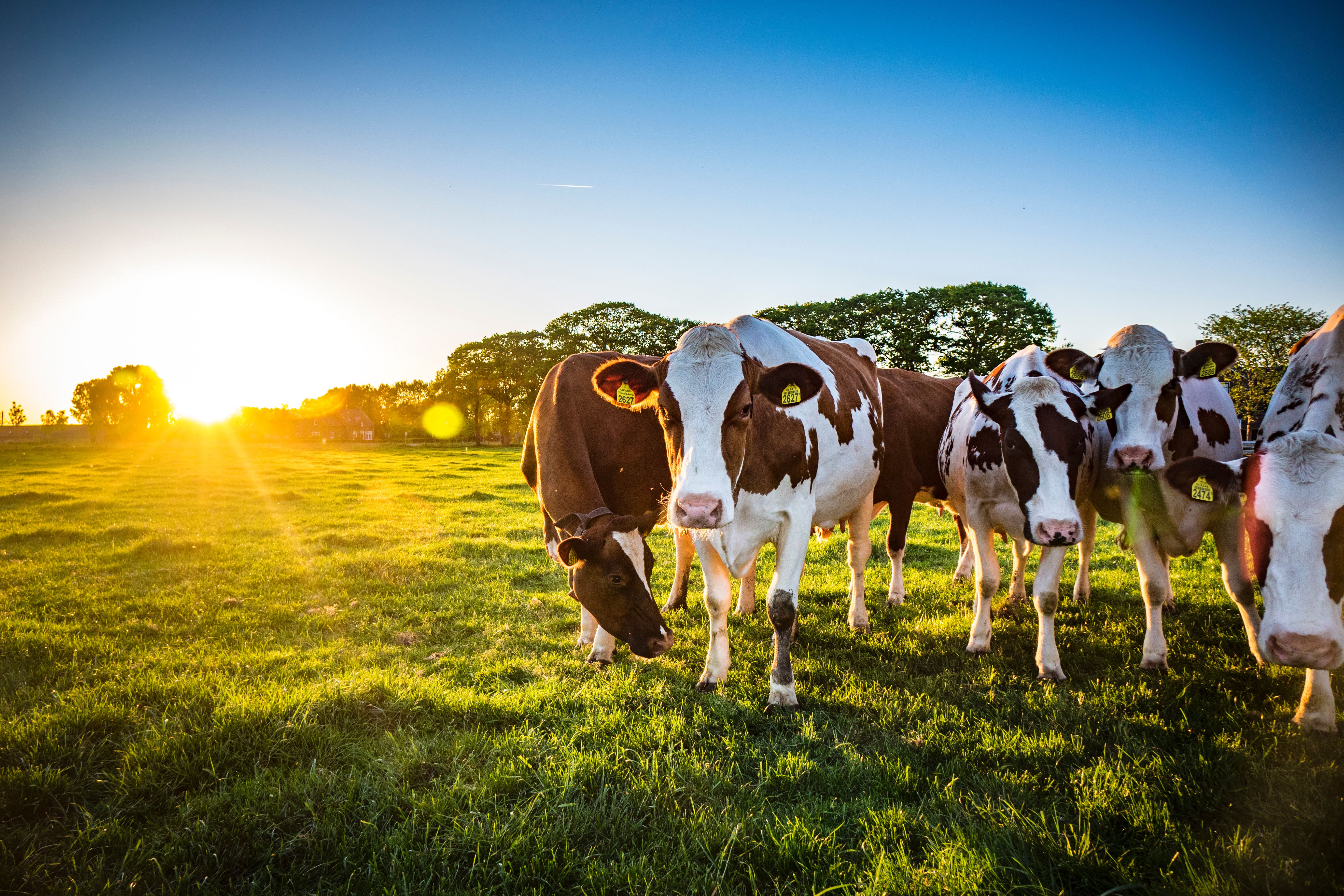Adapting to change: discovering dairy cow behavior in a shifting climate
The results of a study in Switzerland will help farmers manage heat stress in animals
Photo: Emil/Adobe Stock

Heat stress poses an escalating threat to the well-being, health, and productivity of dairy cows, particularly those in pasture-based systems. To address this, an exploratory study published by Livestock Science investigated 4 commercial dairy farms in Switzerland, focusing on behavioral indicators linked to environmental heat load.
Global warming, leading to higher average temperatures and more frequent hot spells, exacerbates heat stress risks. In Switzerland, projected temperature increases up to 7.2℃ (up to 12°F) by the end of the century pose challenges for livestock production, affecting fodder availability, reproduction, growth, and animal health. Heat stress occurs when an animal's heat load exceeds its dissipation capacity, leading to physiological and behavioral adaptations. Dairy cows, with their high metabolic heat production, are particularly vulnerable to heat stress, with factors like increased milk production heightening their susceptibility.
Current knowledge about heat stress in dairy cows is limited, often relying on anecdotal reports or studies in different climatic zones. The study’s goal was to bridge the knowledge gaps and provide practical insights for dairy farmers.
Throughout this study, observations including standing/lying, feeding/ruminating, inter-individual distances, proximity to drinker, shade usage, and insect infestation were recorded over a 30-day period. The investigators performed a principal component analysis (PCA) for variable reduction, revealing 3 principal components (PCs): feeding and standing, proximity to drinker, and standing in close proximity while seeking shade. These components served as outcome variables in mixed effects models.
The daily patterns of these PCs differed based on the daily maximum temperature-humidity index (THI), a method to describe the relative air temperature in relation to the humidity in the given area. Ultimately, a maximum THI correlates to high temperature-high humidity, whereas a minimum THI is relative to low temperature-low humidity. On days with a high maximum THI, researchers observed cows close to the drinker in the morning, standing in the shade in the afternoon, with reduced lying and increased locomotor activity towards noon. Additionally, GPS data confirmed these findings, showing that on high maximum THI days, cows reduced inter-individual distances throughout the day, a trend not observed on lower maximum THI days. Furthermore, insect infestation increased with higher maximum THI.
The investigative data contributes to establishing a correlation between environmental conditions and observed behavior. The study concludes that distinct changes in daily behavioral patterns, such as reduced lying, increased activity, and decreased inter-individual distances, can serve as effective indicators to monitor heat stress in dairy cows on pasture. These findings are instrumental in developing practical strategies for on-farm management in the face of escalating environmental challenges.
Ava Landry is a PharmD candidate studying veterinary pharmacology at the University of Connecticut School of Pharmacy in Storrs.
Reference
Holinger M, Bühl V, Helbing M, et al. Behavioural changes to moderate heat load in grazing dairy cows under on-farm conditions. Livestock Science. 2024;279:105376. doi:10.1016/j.livsci.2023.105376